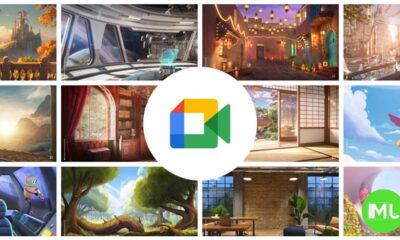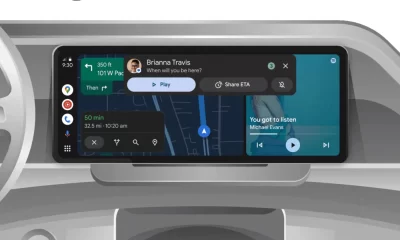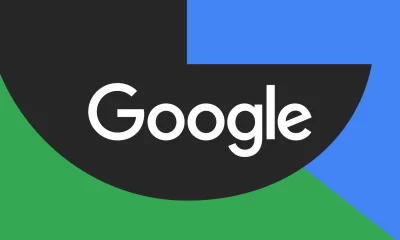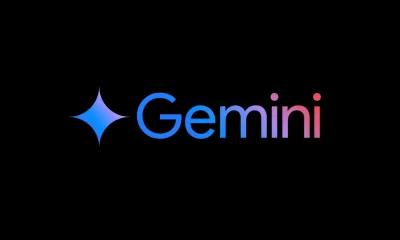Android
Google Maps gets EV-friendly updates, Android Quick Settings overhaul, and new Tensor chip plans for Pixel Watch
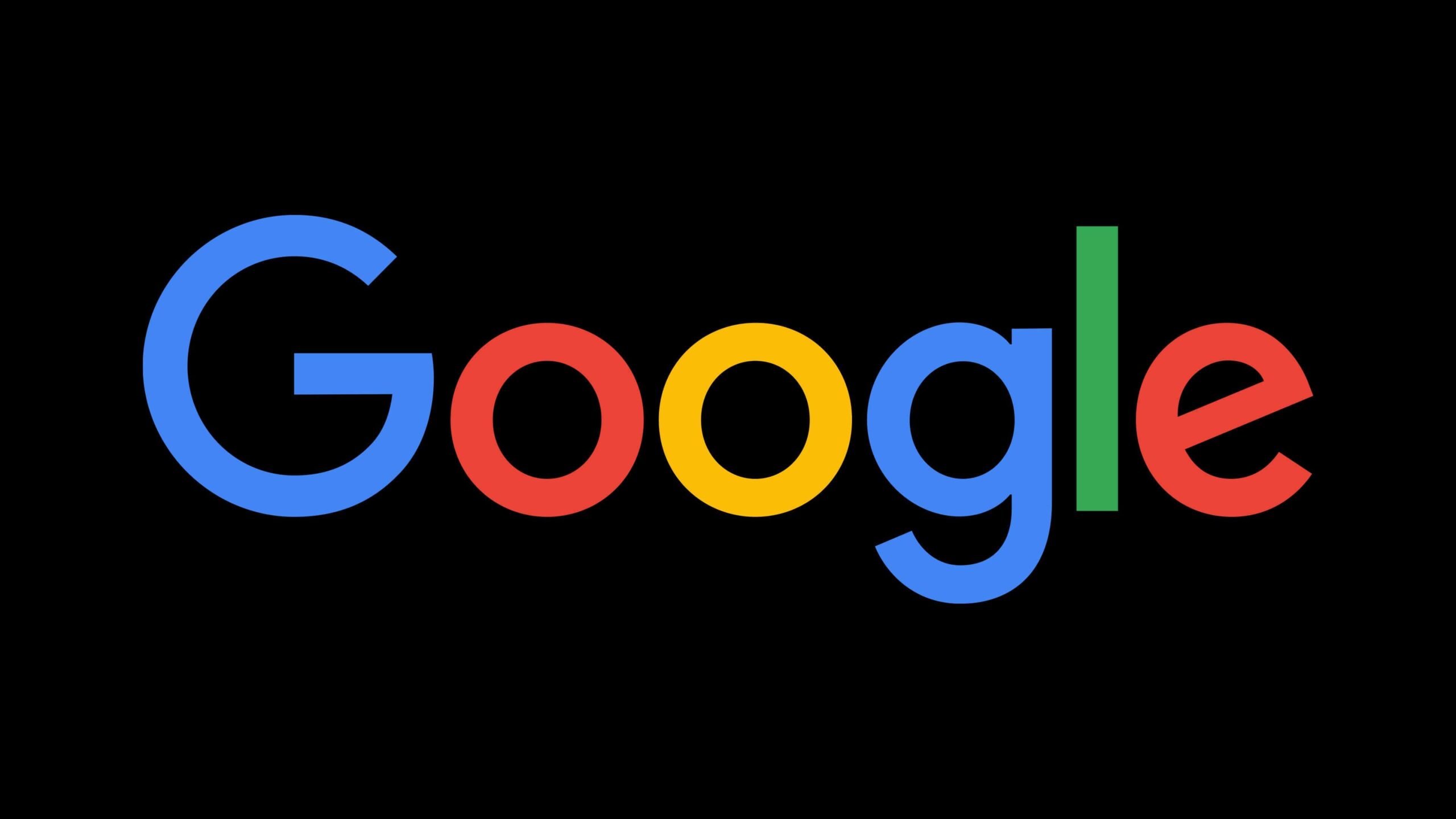
Google and Ford are collaborating to make Android Auto more EV-friendly, specifically for Ford’s electric vehicles (EVs). A series of new updates brings features like estimated battery levels, charging station navigation, and better integration with Ford’s Mustang Mach-E and F-150 Lightning.
One of the key updates includes showing the battery level upon arrival at a destination directly in Google Maps, allowing drivers to plan trips more effectively. This feature has been available on Android Automotive systems and is now integrated with Android Auto, allowing users to see estimated battery status for every stop on a planned route.
Another useful addition to Android Auto is the display of charging stations compatible with North American Charging Standard (NACS) connectors, which include Tesla Superchargers. This update is available with the latest Android Auto version, 12.9, enabling more charging options for Ford EV users equipped with NACS ports.
Additionally, Ford EVs can now precondition their batteries en route to a charging station, ensuring efficient and faster charging upon arrival. Ford owners should update their vehicle software to access these improvements fully.
Other helpful tools include showing nearby amenities at charging locations and offering minimum recommended charge levels for various destinations, making long-distance planning more efficient.
Meanwhile, Android’s Quick Settings in the upcoming Android 16 could be seeing an overhaul, allowing users to resize tiles for a customized layout. This feature, which has been hinted at in recent Android betas, will offer options to adjust tile sizes in 1×1 and 1×2 formats, enhancing layout options for different user needs. The change might eventually separate Quick Settings from the notification tray, following a trend seen with other manufacturers like OnePlus and Samsung, who are expected to introduce similar customizations.
Additionally, a recent leak hints that Google is developing a custom Tensor chip for its Pixel Watch, potentially launching within the next few years. This shift could bring advanced features and longer battery life to future Pixel Watches, following Google’s trend of integrating Tensor chips in Pixel smartphones.
The proposed design includes a mix of Arm Cortex-A78 and Cortex-A55 cores, possibly built on TSMC’s 3nm process. While the design uses some older cores, the manufacturing process could still give it an edge over Qualcomm’s Snapdragon W5+ in terms of power efficiency and performance.
These updates reflect Google’s ongoing push to create a more connected and seamless experience across Android Auto, smartphones, and wearables, showing significant strides in software and hardware innovation.
Android
Easy ways to change Android Auto’s look with light and dark themes
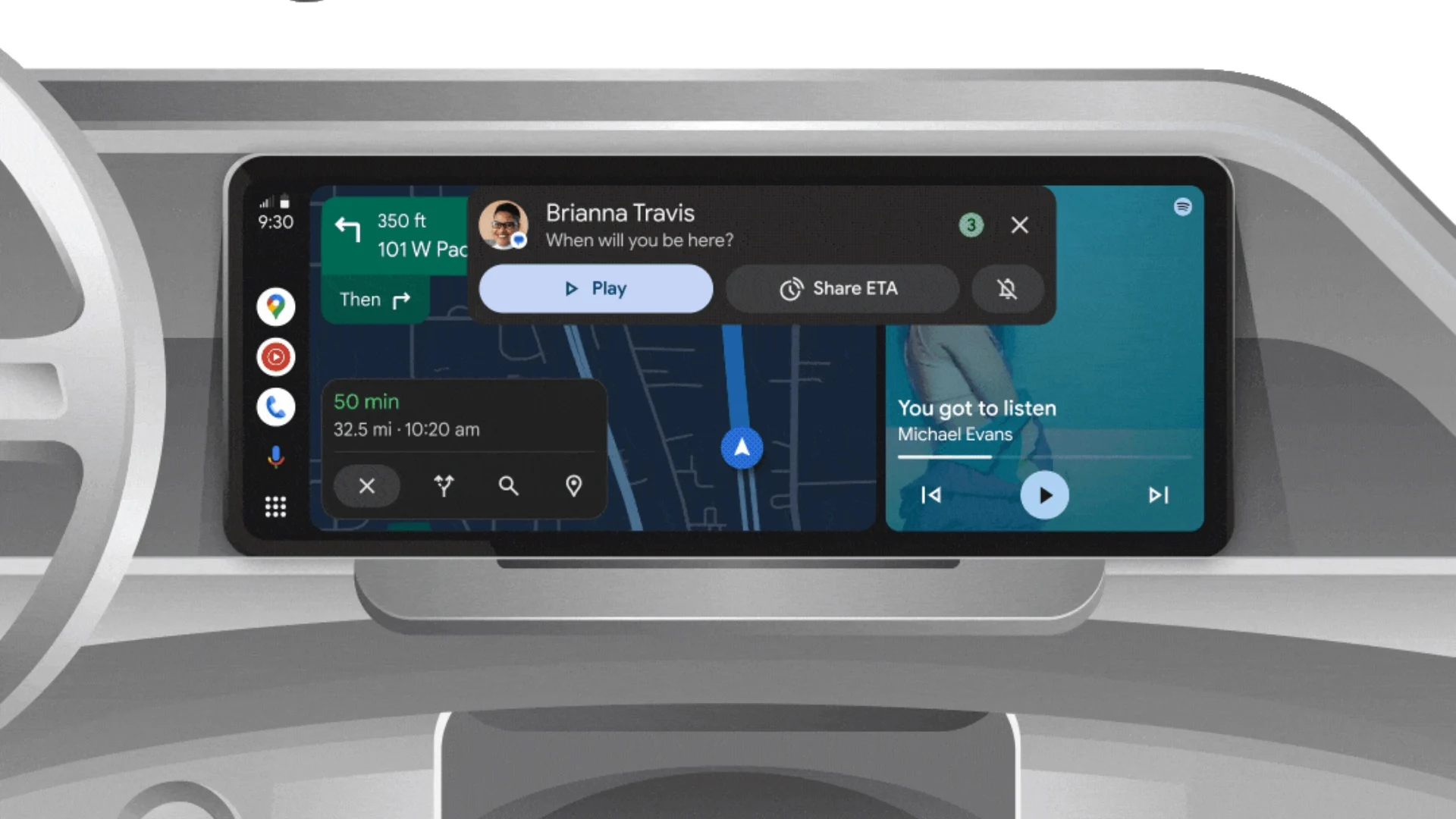
Android Auto is a helpful tool that lets you use your phone’s apps safely while driving. It connects your phone to your car’s screen, making it easier to use maps, music, and calls. One of the features many people like is the ability to change how Android Auto looks by switching between light and dark themes.
How to switch between light and dark themes
Android Auto offers two main themes: light and dark. The light theme uses brighter colors, which can make the screen easier to see during the day. The dark theme uses darker colors, which can be more comfortable for your eyes at night or in low light.
To change the theme, follow these steps:
- Open the Android Auto app on your phone.
- Go to the settings menu.
- Find the “Theme” option.
- Choose between “Light,” “Dark,” or “Set by car” (this lets your car decide the theme based on the time of day or your car’s settings).
Why themes matter
Using the right theme can make driving safer and more comfortable. The light theme is good for bright days, while the dark theme helps reduce glare at night. Having these options means you can pick what works best for you, making Android Auto easier to use in any condition.
In short, Android Auto’s theme options are simple to use and help you drive more safely by making the screen easy to see, no matter the time of day.
Android
Google’s New Updates: Gemini 2.5 Pro, Android 16 features, and Messages change
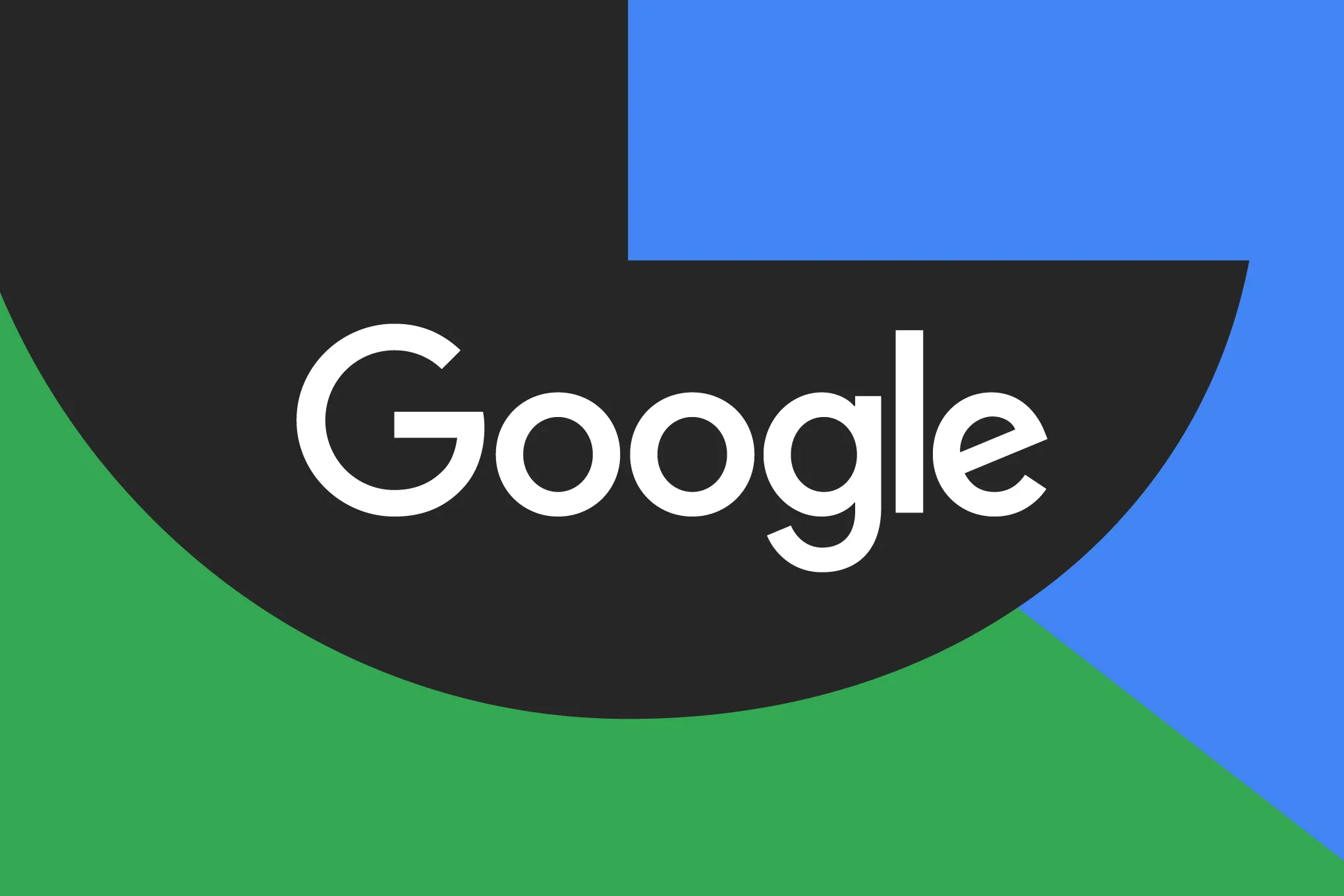
Google has just rolled out some exciting updates across its services and apps. Here’s a simple breakdown of what’s new and what it means for you.
Gemini 2.5 Pro is here
Google has launched Gemini 2.5 Pro, the latest version of its AI model. This upgrade brings smarter and faster responses, making it easier for users to get helpful answers. Gemini 2.5 Pro is now available in Google’s AI Studio and Vertex AI, so developers can build even better tools and apps using this technology.
Android 16 brings more customization
Android 16 is adding new ways to personalize your phone. One of the standout features is the ability to hide the clock on your lock screen, giving you a cleaner look if you want it. This is part of Google’s push to let users make their phones feel more unique. There’s also a new animation for the power button, making the experience smoother and more modern when you turn your phone on or off.
Google Messages removes the unsubscribe button
If you use Google Messages, you might notice that the “Unsubscribe” button is gone from some business messages. Google has removed this feature, so users now have to find other ways to stop unwanted texts. This change might make it a bit harder to manage spam, but Google hasn’t said why the option was removed.
What does this mean for you
These updates show that Google is focused on making its products smarter and more personal. Whether you’re using AI tools, customizing your phone, or managing your messages, you’ll see some changes that aim to improve your experience.
Android
Here’s what’s new with Google Keep and Android Automotive apps

Google Keep is getting a fresh look with the new Material You design, making it more colorful and easier to use on Wear OS smartwatches. The update brings bigger buttons and clearer text, so you can quickly jot down notes or check your lists right from your wrist. This makes Google Keep more handy when you’re on the go and don’t want to pull out your phone.
On another front, Android Automotive is improving how apps show information while you drive. Instead of opening full apps, you’ll see simple cards on your car’s screen that give you important details at a glance.
These cards help keep your focus on the road by showing things like music controls, navigation updates, or reminders without distractions. This new card system is designed to work smoothly with apps like media players and navigation tools, making your driving experience safer and more convenient.
Together, these updates show Google’s effort to make its apps smarter and easier to use in everyday life, whether you’re walking around with your smartwatch or driving your car. The focus is on clear, simple designs that help you get things done quickly without hassle.
In short, Google Keep’s new look on Wear OS and the smart cards in Android Automotive are small but useful changes that make tech fit better into your daily routine.
-
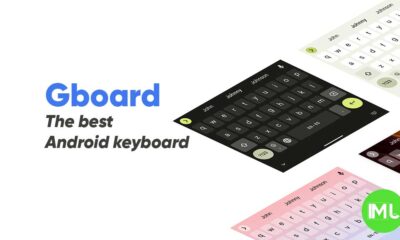
 Apps1 year ago
Apps1 year agoGboard Proofread feature will support selected text
-
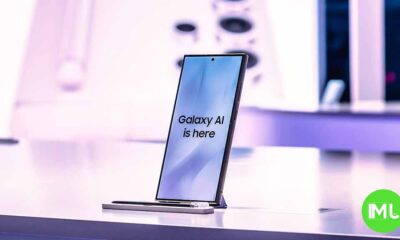
 News1 year ago
News1 year agoSamsung USA crafting One UI 6.1.1
-

 Apps12 months ago
Apps12 months agoGoogle Contacts app testing new Besties Widget
-
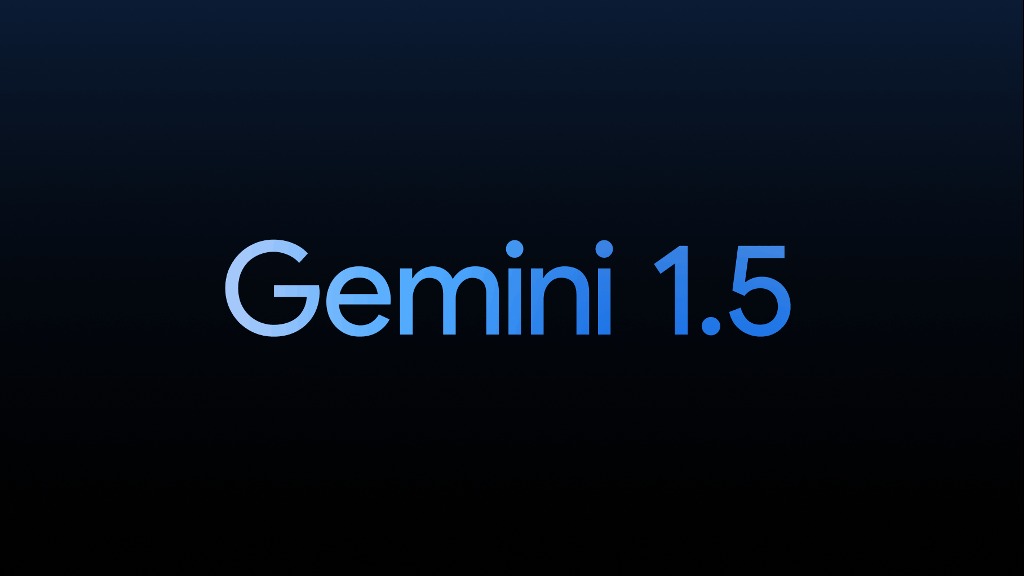
 AI12 months ago
AI12 months agoGoogle Pixel 9 Pro may come with a complimentary one-year Gemini Advanced subscription
-

 News1 year ago
News1 year agoBreaking: Samsung Galaxy S22 may get Galaxy AI features
-
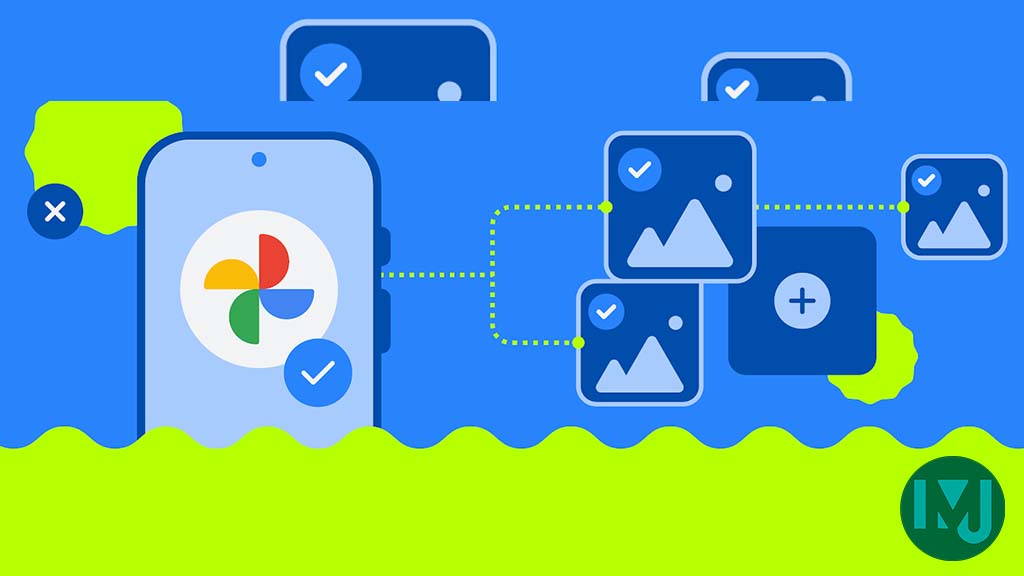
 Apps12 months ago
Apps12 months agoGoogle working on a new video editing feature for its Photo app
-
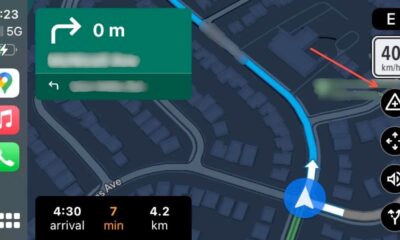
 Apps12 months ago
Apps12 months agoGoogle Maps lets you report traffic jams and accidents on Apple CarPlay, but not on Android Auto
-

 Apps12 months ago
Apps12 months agoGoogle Messages app will transform MMS chats into RCS

